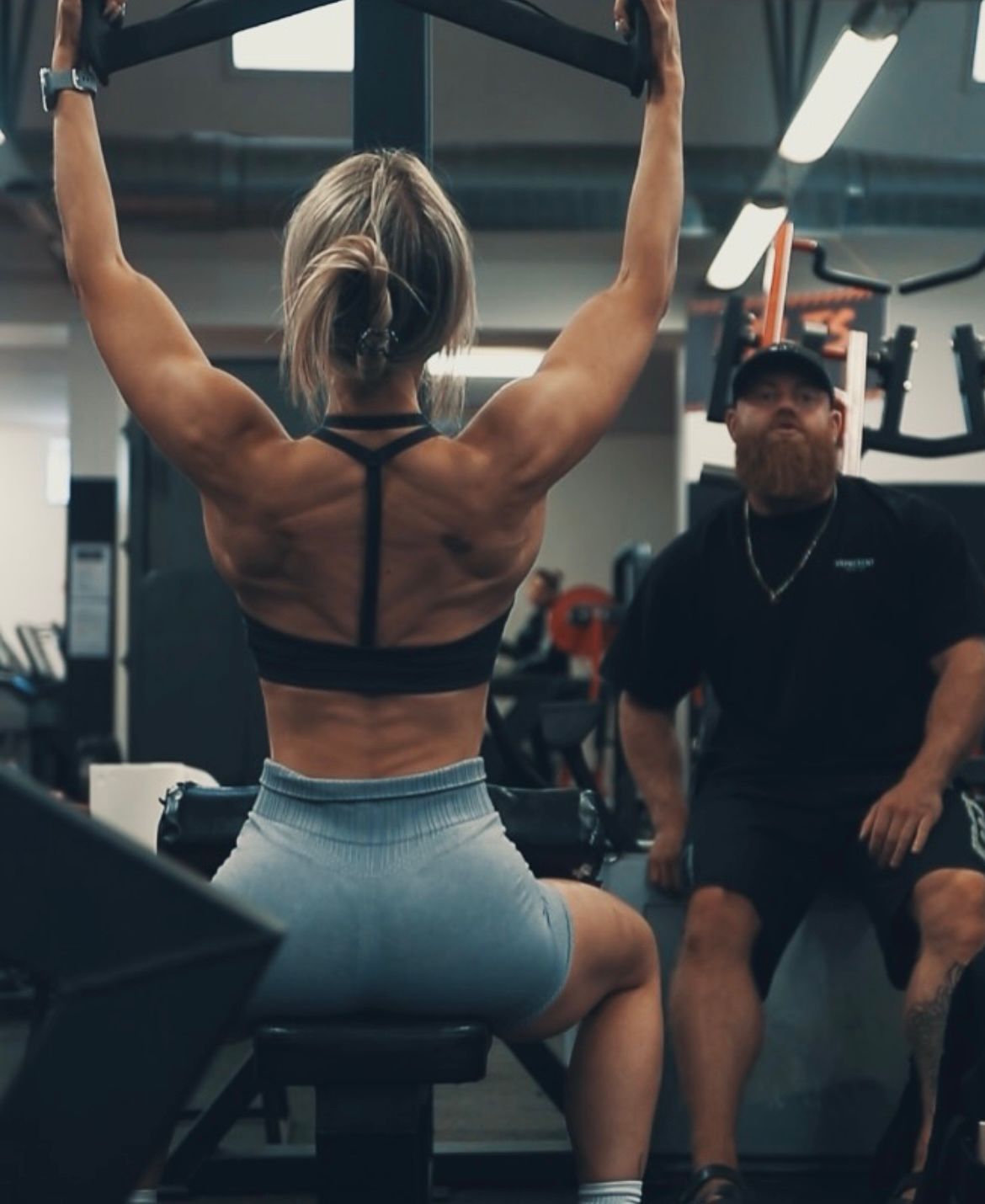When it comes to core training, most people stick to what they know: planks, crunches, maybe some ab rollouts or sit-ups. But after years of coaching athletes, clients, and everyday lifters, there's one abdominal movement I consistently return to—the Hanging Leg Raise with Posterior Pelvic Tilt. It’s an advanced variation of a common exercise, but it’s often done incorrectly or overlooked entirely. When performed with proper control and technique, it offers unmatched benefits for both aesthetics and function.
What Is It?
The standard hanging leg raise involves lifting your legs while hanging from a bar. But the key difference here is the posterior pelvic tilt at the top of the movement—a subtle but powerful action where you tuck your pelvis upward, rounding the lower back slightly. This small shift dramatically increases abdominal activation by engaging the lower fibres of the rectus abdominis and eliminating the momentum that often makes the movement less effective.
Why It Works
Most people don't realise that the lower abdominals are notoriously difficult to target effectively. Movements that seem like they train them—like leg lifts or even planks—often recruit the hip flexors more than the abs. But when you incorporate the pelvic tilt, you're no longer relying on swinging or momentum. Instead, you're forcing your abs to contract through their full range of motion. That’s where the magic happens.
Key Benefits:
True lower abdominal activation
Strengthens deep core stabilisers that support your spine and pelvis
Improves control and motor coordination, especially in athletic and compound lifts
Enhances mobility and reduces risk of hip flexor dominance and low back pain
Translates directly to athletic movement—jumping, sprinting, and changing direction
Why I Recommend It
In my experience as a strength and conditioning coach, very few core exercises offer as much reward as this one, particularly when it comes to functional strength and body control. Whether you’re a powerlifter, a field sport athlete, or simply someone trying to build a solid midsection, this movement delivers. It’s also scalable—beginners can bend their knees and work their way up, while advanced athletes can add resistance or perform tempo-based reps.
How to Program It
To get the most out of the hanging leg raise with pelvic tilt, you’ll want to prioritize form over volume. Here’s how to integrate it into your routine:
For Beginners:
Start with bent-knee raises (knees to chest)
Focus on the pelvic tilt at the top—posteriorly rotate the pelvis, rounding the low back slightly
Perform 3 sets of 6–8 controlled reps, resting 60–90 seconds between
Intermediate to Advanced:
Use straight-leg raises
Add tempo: 2–3 seconds on the way up, slight pause at the top, 3 seconds on the way down
Optionally add ankle weights or resistance bands
Program it 2–3 times per week, typically at the end of your workout or within a core circuit
Pro Tip:
Pair it with anti-rotation work (like P dead bugs) for a balanced, bulletproof core routine.
Final Thoughts
Not all abdominal exercises are created equal, and sometimes the lesser-known variations provide the biggest returns. The hanging leg raise with posterior pelvic tilt isn’t flashy, but it’s brutally effective. Train it consistently, with intention and precision, and you’ll not only see changes in your midsection—you’ll feel stronger, move better, and lift heavier across the board.










